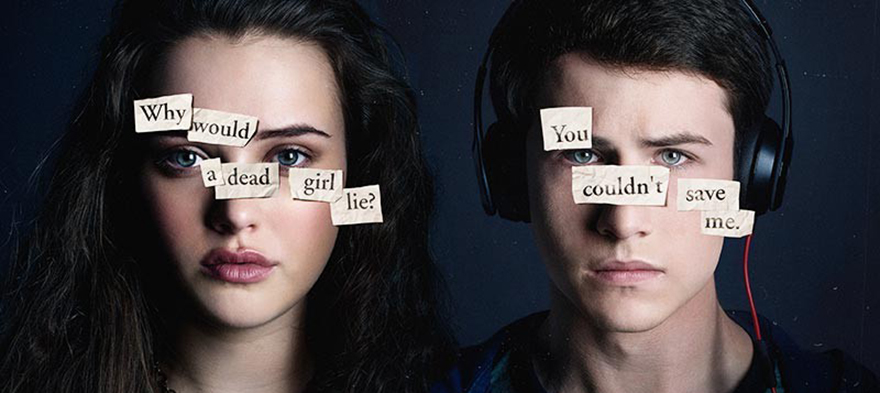
I am writing today to share concerns about a television series students may be watching. While many consider the video streaming service, Netflix, as “just another TV channel,” it is a paid subscription service and therefore not subjected to the same FCC regulations and content rating system as broadcast TV. Netflix recently began airing an original series entitled, 13 Reasons Why, based on the young adult book with the same title by Jay Asher. The novel was intended for young adults; however, 13 Reasons Why contains mature subject matter including graphic depictions of rape, substance abuse, cyberbullying, bullying, voyeurism, and suicide. 13 Reasons Why is about a teenager who takes her own life, but before doing so methodically records audio messages for the 13 people she feels in some way played a role in her decision to commit suicide. This series has been available on Netflix since the end of March. Former Disney child star, Selena Gomez, is credited as a producer. With her name attached, 13 Reasons Why may reach a much younger audience than anticipated. Middle and High School students are likely aware of the series and may have even watched some, or all, of the episodes. It is important for you to be cognizant of its availability, allure, content, and popularity. The series romanticizes suicide as a viable option, portrays school support staff as being non-responsive to students in need, and does not offer any appropriate responses or advice for students who may be in crisis. Producers are portraying the series as an “important dialogue.” The National Association of School Psychologists (NASP) cautions that its powerful storytelling may lead impressionable viewers to sensationalize the choices made by the characters and/or develop revenge fantasies. Caring for the well-being of young children and teens is most effective when schools and parents work together. This letter is written with the hope that with informed guidance from parents and trusted adults, students will make healthy decisions regarding their young lives. Series such as this can be thought-provoking but, they can also do harm. It is highly recommended that if your child is interested in the program, you consider watching it with them in order to give the supporting guidance that suicide is never an answer, and the blame for suicide does NOT belong to others. If you wish to have a dialogue with your child(ren) about 13 Reasons Why, I have listed the following resources from mental health organizations to assist you in your discussion. I have also included two trailers for the show that you may find useful in becoming fully informed about this series.For help battling anything you are dealing with, especially suicide, call the National Suicide Prevention Hotline at 1-800-273-8255. Or, visit mavenclinic.com or suicide.org.
- Preventing Youth Suicide Brief Facts (also available in Spanish) and Preventing Youth Suicide: Tips or Parents and Educators
- 13 Reason Why trailer that provides the basic storyline for the series.
As always, if you have concerns about your child or worries about the health and well-being of others, please do not hesitate to contact your child’s teacher, guidance counselor, school psychologist, social worker or an administrator. Sincerely, Dr. Christopher M. Manno, Superintendent of Schools
- 13 Reasons Why original trailer.
Erika Sanzi is a mother of three sons and taught in public schools in Massachusetts, California and Rhode Island. She has served on her local school board in Cumberland, Rhode Island, advocated for fair school funding at the state level, and worked on campaigns of candidates she considers to be champions for kids and true supporters of great schools. She is currently a Fordham senior visiting fellow.
If you have a child with disabilities, you’re not alone: According to the latest data, over 7 million American schoolchildren — 14% of all students ages 3-21 — are classified as eligible for special...
The fight for educational equity has never been just about schools. The real North Star for this work is providing opportunities for each child to thrive into adulthood. This means that our advocacy...
The story you tell yourself about your own math ability tends to become true. This isn’t some Oprah aphorism about attracting what you want from the universe. Well, I guess it kind of is, but...
Your donations support the voices who challenge decision makers to provide the learning opportunities all children need to thrive.
Ed Post is the flagship website platform of brightbeam, a 501(c3) network of education activists and influencers demanding a better education and a brighter future for every child.
© 2020–2024 brightbeam. All rights reserved.